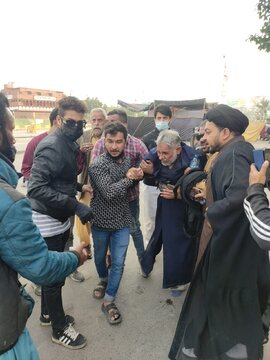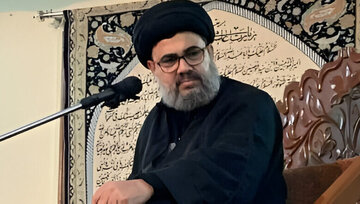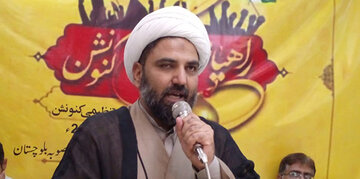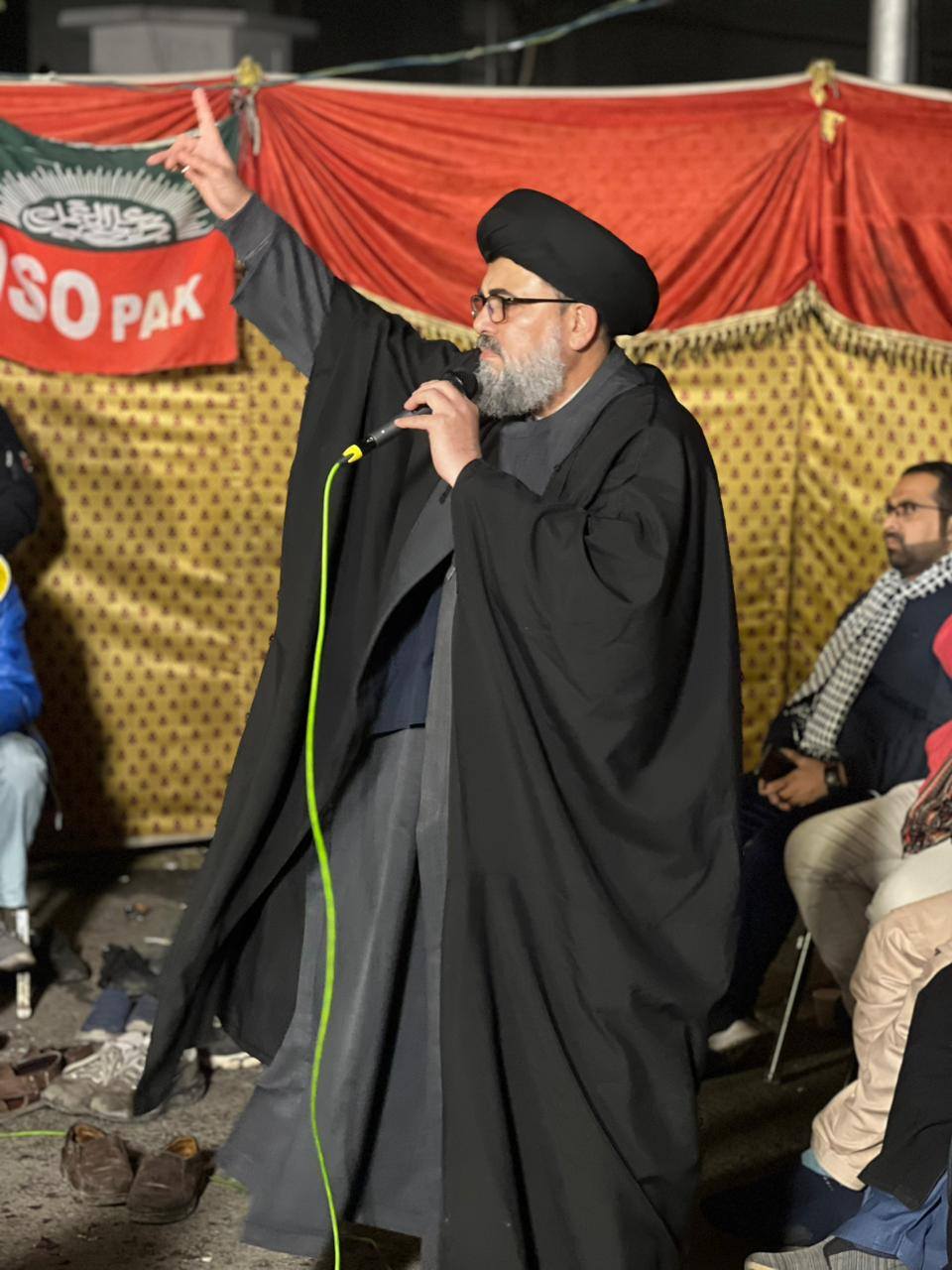According to the International AhlulBayt News Agency "ABNA", a meeting titled " The Role of Afghan Shia in Iranian Islamic Revolution" was held in conjunction with the celebrations of the 10-day Fajr Festival. The meeting featured presentations by religious scholars Hujjat-ul-Islam Syed Ghulam-Hussain Mousavi and Muhammad-Rasul Muhaqiq Balkhi. The event took place on Friday, February 18, at the Abna News Agency meeting hall.
Hujjat-ul-Islam Syed Ghulam-Hussain Mousavi, a close disciple of Imam Khomeini and a companion in Najaf, and who, along with four other young Afghan students, carried out political and revolutionary activities spoke about the significant political and revolutionary activities carried out by Afghan students.
He mentioned that when Imam Khomeini arrived in Iraq in 1965 (1344 in the Iranian calendar), he was part of the welcoming caravan. He also highlighted the active participation of Afghan students in the welcoming ceremonies for Imam Khomeini, from Baghdad to Najaf.
Mousavi noted that the first welcoming ceremony for Imam Khomeini in Najaf was organized by the Afghan community and was held with great grandeur, setting the stage for future welcoming ceremonies for Imam in Najaf.
The Imam's student further discussed how Afghan students played a key role in transferring Imam Khomeini's letters and announcements from Najaf to Iran.
He explained that, due to the sensitivity that existed towards Iranian students and the possibility of their arrest, torture, and even killing by SAVAK, Afghanistan, Pakistani, and Indian students took on the responsibility of transporting Imam Khomeini's messages to Iran.
"I was the first person to carry out this task," Mousavi said, "and for as long as Imam Khomeini was in Najaf and Ahmad-Agha in Qom, I was the one who transferred letters between them and acted as the liaison between them."
Hujjat-ul-Islam Muhammad-Rasul Muhaqiq Balkhi, another disciple of Imam Khomeini in Najaf, who had been arrested by the Ba'athist forces and spent a long time in prison for his political and revolutionary activities, also shared his views.
He categorized the contributions of Afghans to the Iranian Islamic Revolution into two areas: "soft" and "hard" support.
He gave examples of both. Regarding the "hard" support, he mentioned that Afghan Shiites sheltered Iranian revolutionary fighters in Afghanistan, despite the significant dangers this posed to the hosts. Balkhi also pointed out the participation of Afghan youth in the Iran-Iraq War and the defense of holy shrines, where over 5,000 people lost their lives.
Additionally, Balkhi listed the "soft" and spiritual support provided by the Shiites of Afghanistan, citing the existence of 700 publications that supported and explained the Iranian Islamic Revolution among Afghans.
A detailed report of this meeting will soon be published by the Abna News Agency.






Your Comment